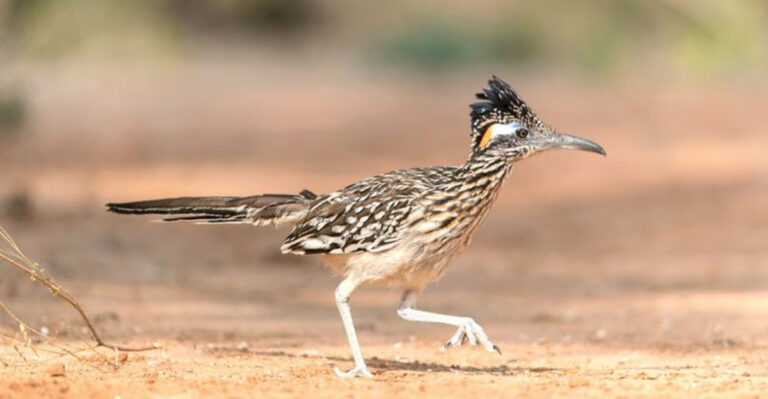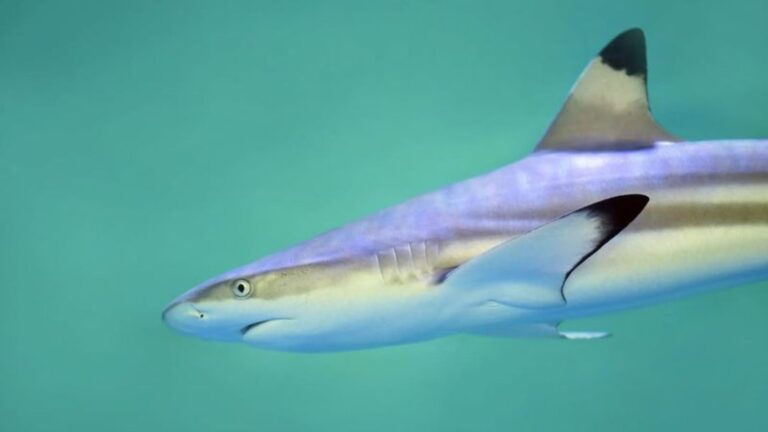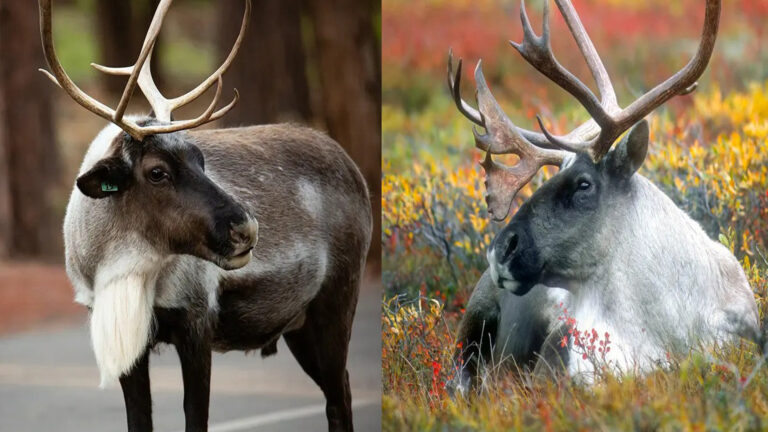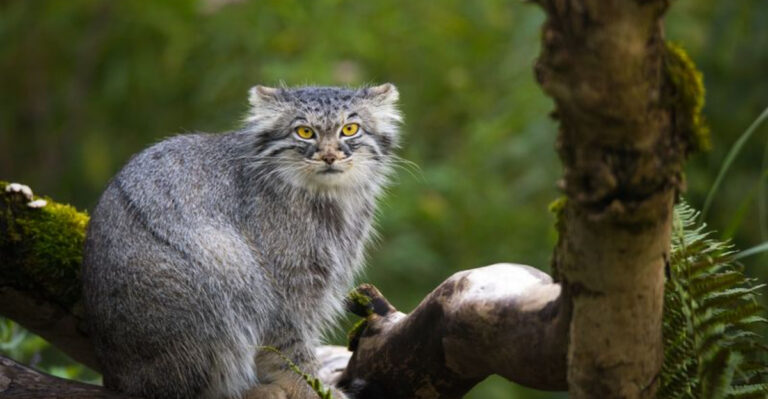Garter Snake VS. Copperhead: 10 Key Differences Between These Commonly Seen Snakes
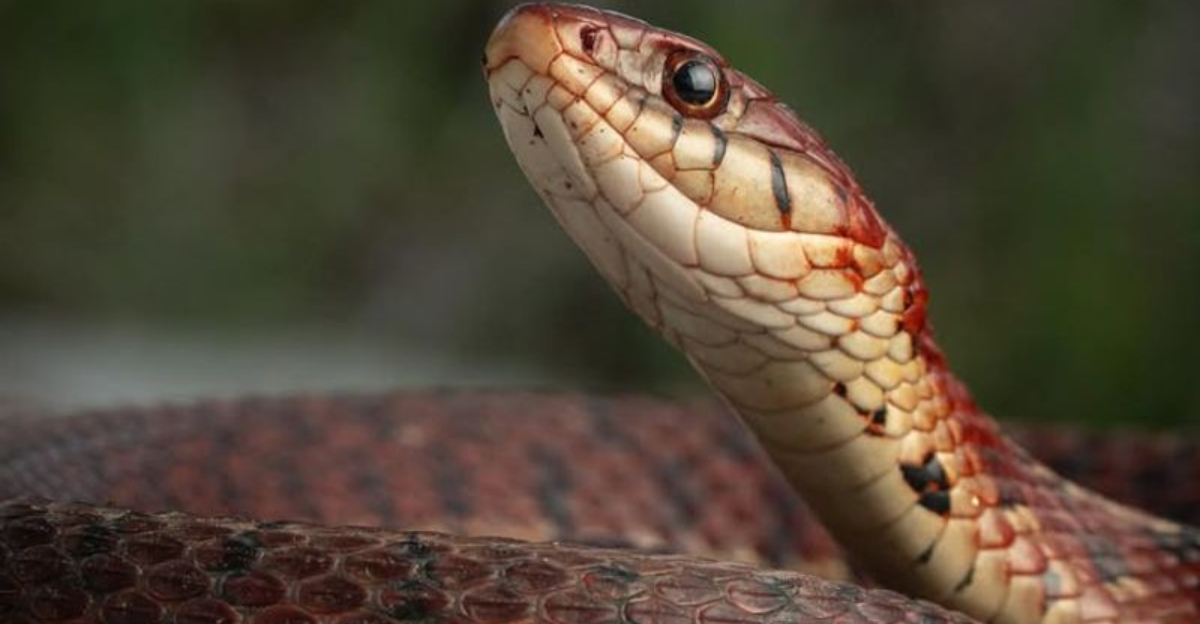
In the great realm of reptiles, few comparisons are as fascinating as that between the gentle garter snake and the more formidable copperhead. While both slither into our backyards and imaginations, they are different beasts altogether.
This captivating herpetological showdown reveals the intriguing contrasts between these two serpentine celebrities, offering insights laced with light humor and a touch of scientific curiosity.
1. Habitat Preferences
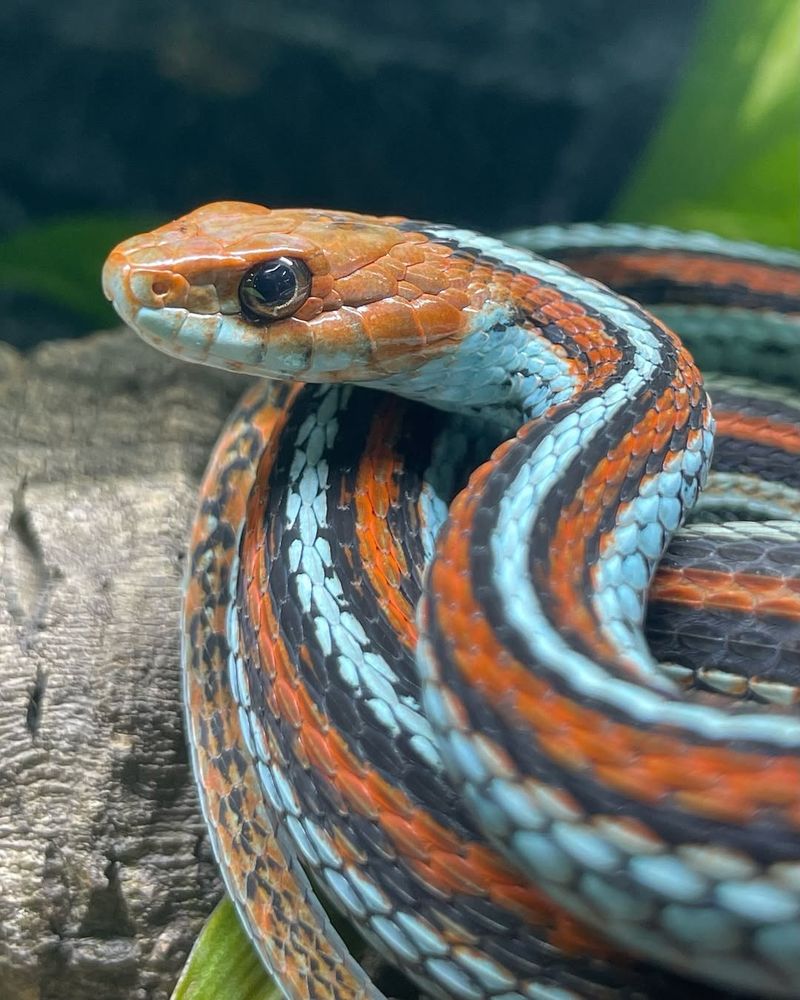
When it comes to picking a perfect home, garter snakes and copperheads might as well be on opposite ends of the snake real estate spectrum. Garter snakes, those carefree garden guests, often choose suburban lawns and gardens, where the grass is literally greener. These little fellows enjoy the hustle and bustle of human habitats, blending seamlessly into landscapes that would make any real estate agent’s heart flutter.
Copperheads, on the other hand, are the introverts of the snake world. Preferring the peace and solitude of forested areas, they hide under leaves and logs, embodying the very essence of nature’s camouflage. This difference in habitat choice isn’t just about location; it’s a lifestyle preference. Garter snakes enjoy the spotlight, while copperheads prefer the shadows.
If you ever find yourself choosing between a yard full of garter snakes or a forest occupied by copperheads, know that your choice reflects your own affinity for the crowded suburbs or the quiet wilderness. It’s like choosing between the hustle of the city or the tranquility of the countryside, except with more slithering. And no, copperheads do not offer better mortgage rates.
2. Dietary Habits
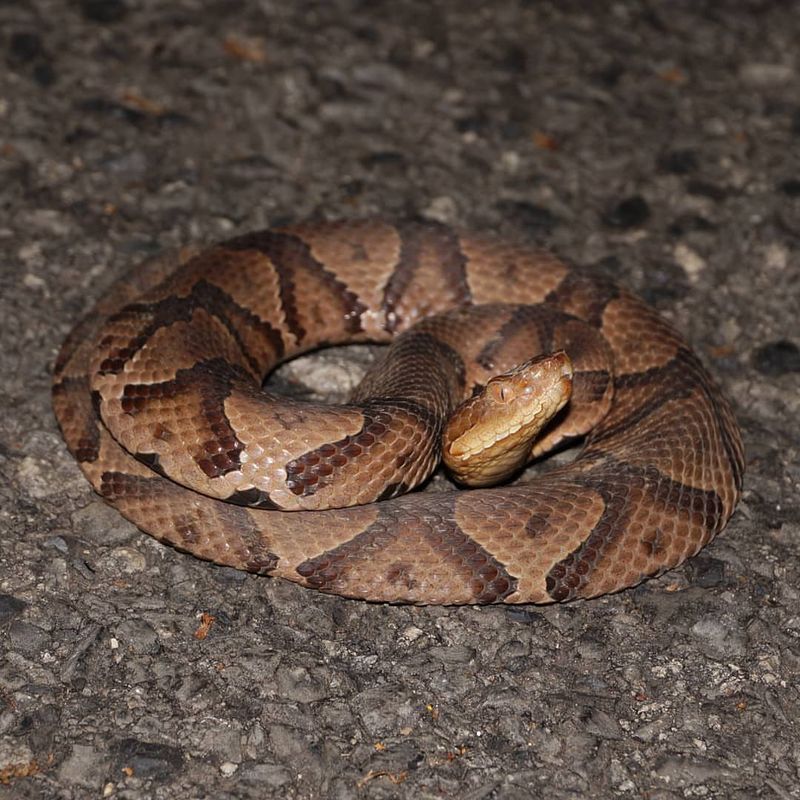
In the culinary world of snakes, garter snakes and copperheads have distinctly different tastes. Garter snakes are the adventurous foodies, eager to sample a variety of dishes from the local menu. Their diet is a smorgasbord of amphibians, insects, and even fish, making them the omnivorous connoisseurs of the reptile realm. Their dining habits reflect their adaptive nature, always ready to munch on whatever critters cross their path.
Copperheads, however, are more like the steak-and-potatoes type. With a preference for small mammals, they exhibit a more carnivorous palate. These snakes are the ultimate ambush predators, lying in wait with patience that would impress even the most zen of yogis. When a mouse or small bird happens by, the copperhead’s dinner bell rings loud and clear.
While a garter snake might dabble in a little bit of everything, the copperhead sticks to its tried-and-true favorites. It’s a culinary commitment that speaks volumes about their respective lifestyles. Whether it’s a garter snake’s buffet style or a copperhead’s selective dining, each snake knows how to savor its unique slice of the natural world.
3. Venom Potency
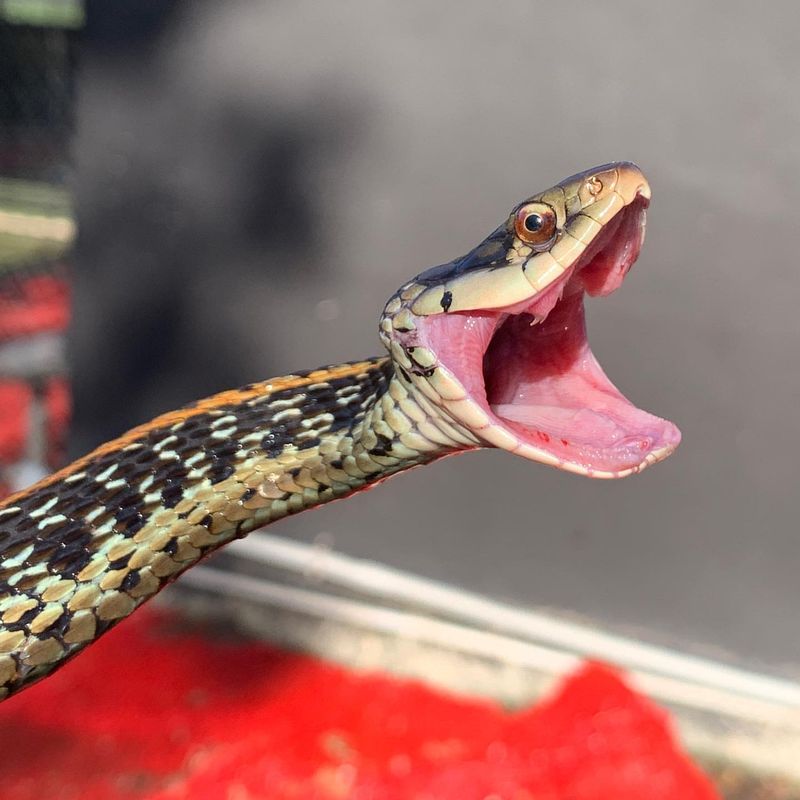
If snakes were rated on Yelp for their venom, the copperhead would have a review that says, “Mild but effective.” Copperheads are venomous, but their venom is considered less potent compared to their more infamous relatives like rattlesnakes. Nonetheless, their bites require medical attention, especially for those with allergic reactions.
Garter snakes, on the other hand, might as well be carrying a sign that says, “No venom here!” While technically possessing a mild venom, it’s not harmful to humans and is mainly used to subdue their small prey. In the grand scheme of snake venom potency, garter snakes are the equivalent of a spicy pepper—enough to bother their prey but not enough to cause human tears.
In this aspect, the garter snake and copperhead play completely different venomous roles in nature. It’s the difference between a warning hiss and a bite that means business. If you ever stumble upon a garter snake or copperhead, remember: one might make you jump with surprise, and the other might have you running for your first aid kit.
4. Appearance
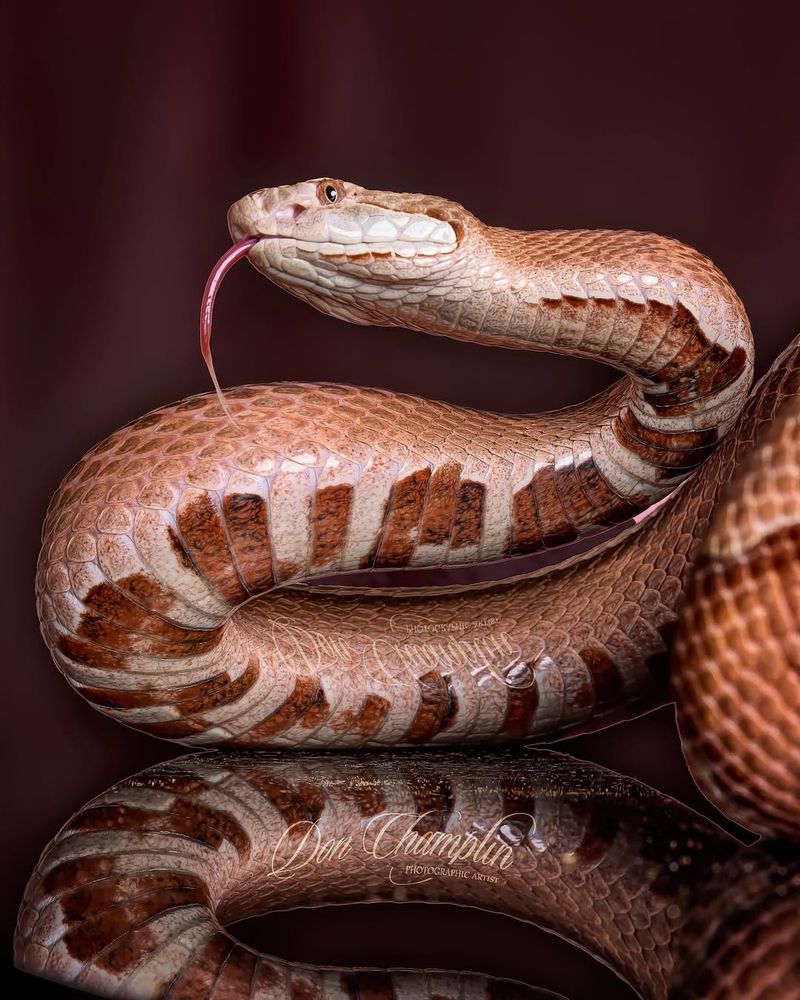
In the world of snake fashion, the garter snake and copperhead are like runway models strutting entirely different styles. Garter snakes are known for their vibrant stripes and checkered patterns, making them the eye-catching darlings of the reptile runway. Their colorful appearance isn’t just for show; it serves as effective camouflage among grass and foliage.
Copperheads, meanwhile, have mastered the art of blending in with their surroundings through their distinctive hourglass pattern, perfectly suited for the leaf-littered forest floors they call home. Their patterns are not only for camouflage but also serve as a form of visual warning, a natural defense mechanism that says, “I’m here, but be wary.”
Identifying these snakes becomes a game of spot the difference, where each detail matters. Whether it’s the splashy stripes of a garter snake or the subdued elegance of a copperhead’s pattern, these visual cues are essential for both predator and prey. It’s as if nature gave these reptiles a wardrobe makeover, each designed to thrive in their respective habitats.
5. Behavioral Characteristics
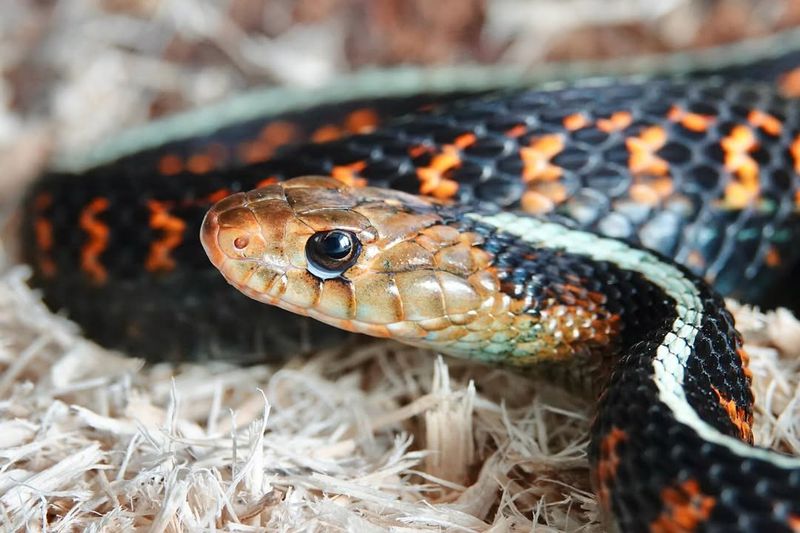
Navigating the behavioral maze of garter snakes and copperheads is like comparing a bustling city to a quiet village. Garter snakes are the more socially active of the two, often seen slithering around gardens and fields, displaying a curious nature. They are the quintessential explorers, constantly on the move and rarely staying in one place for long.
Copperheads, in contrast, are champions of stillness. Their preferred strategy is to remain motionless, relying on their camouflage to avoid detection. It’s a slow-paced lifestyle that contrasts sharply with the garter snake’s energetic endeavors. While garter snakes are the social butterflies of the snake world, copperheads are the introverts, content with their solitary existence.
These behavioral differences highlight the diverse approaches these snakes take in their daily lives. Whether it’s the constant activity of a garter snake or the serene patience of a copperhead, each snake embodies a unique way of life. It’s a reminder that in nature, there’s no one-size-fits-all approach to survival.
6. Reproductive Strategies
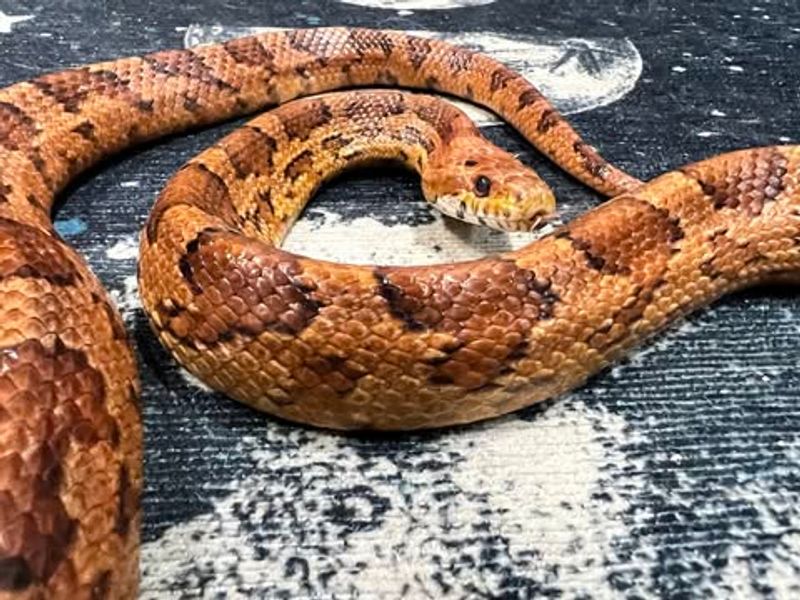
The reproductive world of snakes is as intriguing as it is varied, with garter snakes taking the prize for social mating behavior. During the breeding season, garter snakes form orgies, or “mating balls,” where multiple males vie for the attention of a single female. It’s a spectacle that resembles a snake version of a rock concert, complete with a chaotic writhing crowd.
Copperheads, however, prefer a more intimate approach. With a solitary penchant, these snakes usually engage in one-on-one encounters. Their courtship is less about crowd appeal and more about personal connection. This difference in reproductive strategy highlights the contrasting lifestyles of these snakes.
These reproductive rituals provide insight into their distinct ecological niches. While garter snakes thrive on social interaction during mating, copperheads opt for subtlety and selectivity. It’s a fascinating look at how different paths can lead to the same goal. Whether it’s the garter snake’s communal gathering or the copperhead’s solo rendezvous, each approach is a testament to nature’s diversity.
7. Geographical Distribution
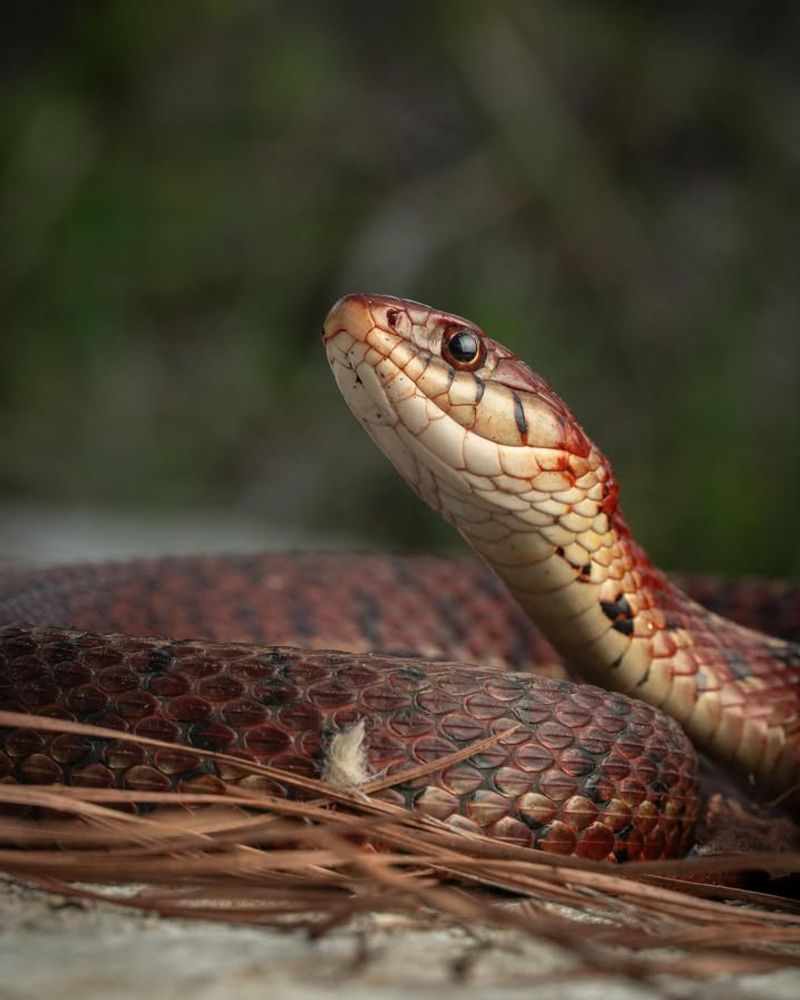
In terms of geographical distribution, garter snakes win the award for “Most Likely to Be Seen” across North America. These adaptable reptiles can be found from coast to coast, thriving in a variety of environments. Their widespread presence is a testament to their ability to adjust to different habitats, from grasslands to wetlands, and even urban areas.
Copperheads, while not as widely distributed, are nonetheless found in specific regions where they can blend seamlessly into the environment. They are primarily located in parts of the eastern and central United States. Their preference for wooded areas and proximity to water sources makes these regions ideal for their survival.
The geographical spread of these snakes highlights their adaptability and ecological roles. While garter snakes are the quintessential generalists, copperheads have carved out specialized niches. This distribution not only affects their ecological interactions but also their visibility to curious humans. Whether you’re in a bustling city or a quiet forest, the presence (or absence) of these snakes tells a story of ecological balance and diversity.
8. Defense Mechanisms
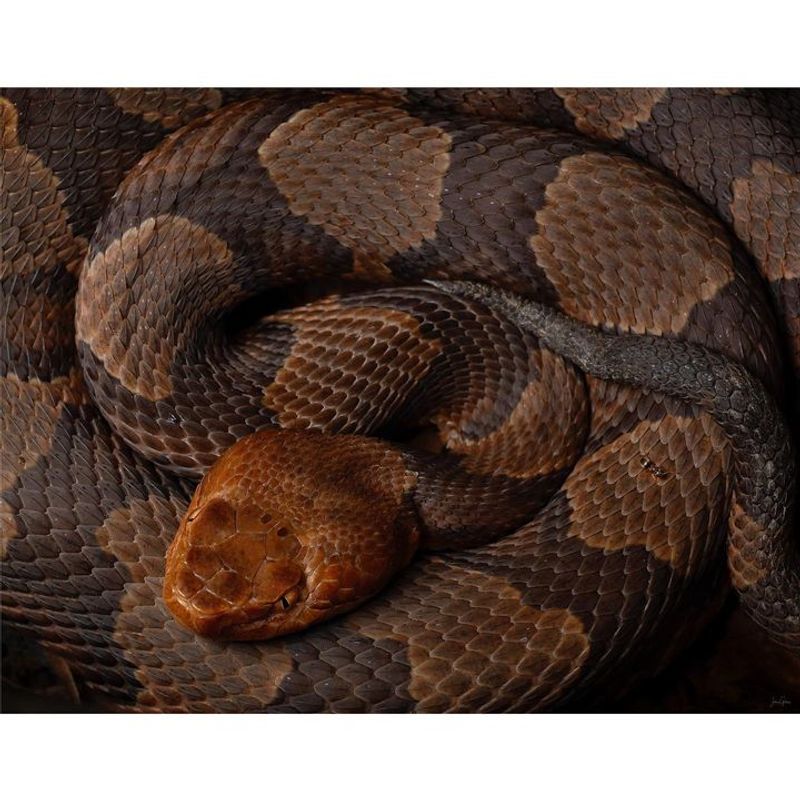
In the world of snake self-defense, garter snakes and copperheads have developed distinct strategies. Garter snakes, ever the performers, often rely on dramatic displays to ward off potential threats. When threatened, they might flatten their bodies or emit a foul-smelling musk, a reptilian version of, “Stay back, I’m armed with stink!” It’s a harmless yet effective way to discourage predators.
Copperheads, on the other hand, are more straightforward in their defense. They rely on their venomous bite as a primary deterrent against predators. Their striking capabilities are a clear warning: approach at your own risk. This venomous prowess is both a defensive tactic and a hunting tool, making them formidable opponents in the wild.
These differing defense strategies reflect their survival tactics in the natural world. While garter snakes use bluff and theatrics, copperheads depend on the real deal. It’s a fascinating insight into the evolutionary pathways that have shaped their respective behaviors. Together, these snakes illustrate the diverse methods nature employs for survival and self-preservation.
9. Predator and Prey Dynamics
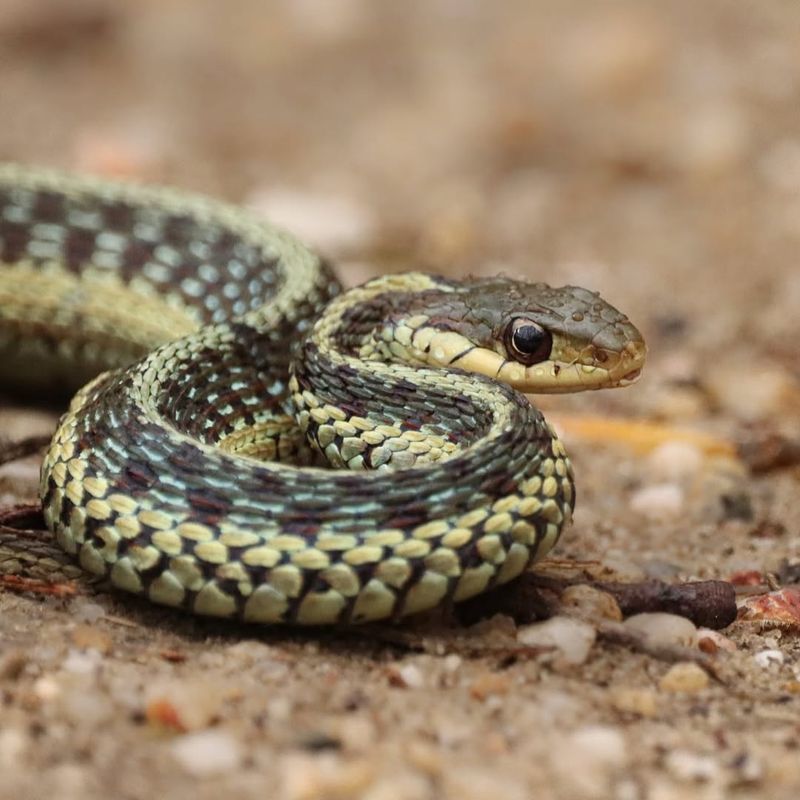
The predator and prey dynamics in the lives of garter snakes and copperheads offer a glimpse into their ecological roles. Garter snakes, with their smaller size and widespread distribution, often find themselves on the menu for a variety of predators. Birds of prey, such as hawks, are known to hunt these snakes, swooping down from the skies for a quick meal. Their role as a prey species highlights their importance in the food chain.
Copperheads, meanwhile, play a dual role as both predator and prey. While they are adept hunters, preying on small mammals and birds, they are not immune to predation. Larger animals, like raccoons or even other snakes, can pose a threat. Their position in the food web is a testament to their adaptability and resourcefulness in the wild.
Understanding these predator-prey interactions helps illustrate the balance of nature in their respective ecosystems. Whether it’s a garter snake escaping the clutches of a hawk or a copperhead cautiously navigating its territory, these interactions are essential to maintaining ecological harmony. They remind us of the complex and interconnected world of nature’s survival game.
10. Lifespan And Longevity
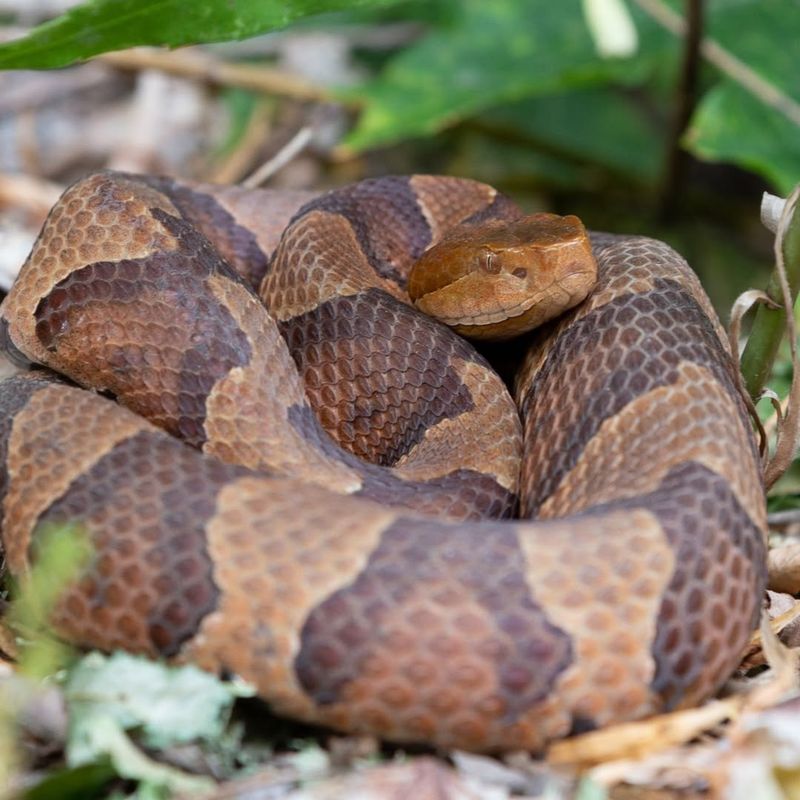
When it comes to the lifespan, garter snakes and copperheads present an interesting case study in reptilian longevity. Garter snakes typically enjoy a lifespan of around 4 to 5 years in the wild, though some have been known to live longer under optimal conditions. Their shorter lifespan is often a result of their role as prey species, facing numerous threats from predators.
Copperheads, on the other hand, can live significantly longer, often reaching 18 years or more. Their longevity is attributed to their more secure position as predators and their venomous defense, which deters many would-be attackers. This extended lifespan allows them to play a critical role in their ecosystems over the years.
The comparison of lifespans between these two snakes highlights the impact of ecological roles on survival. Whether it’s the shorter, more precarious life of a garter snake or the longer, more stable existence of a copperhead, each tells a story of adaptation and resilience. It’s a testament to the diverse strategies these reptiles employ to navigate the challenges of the natural world.


